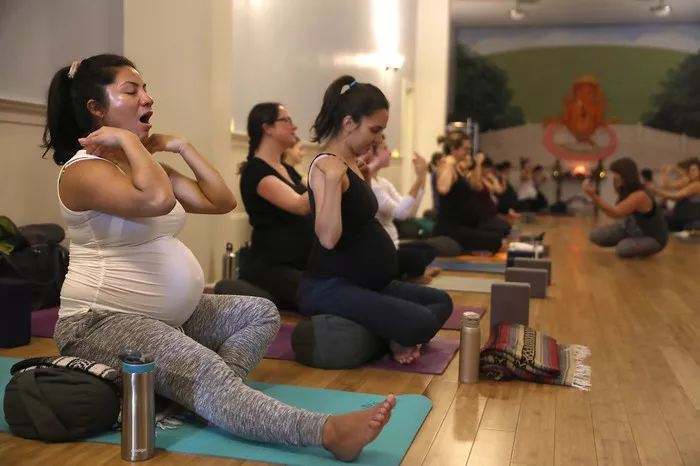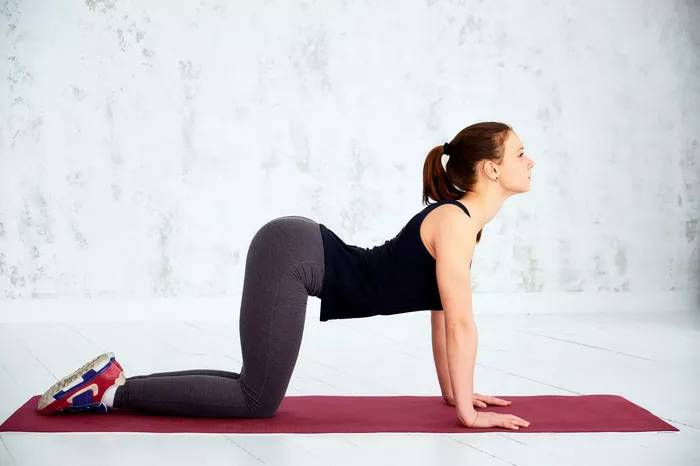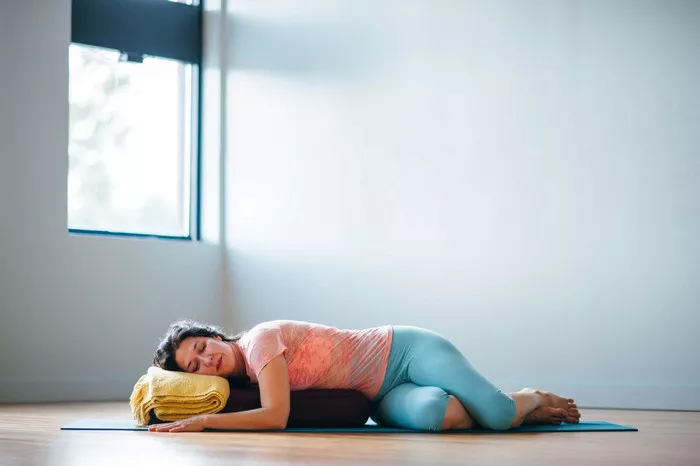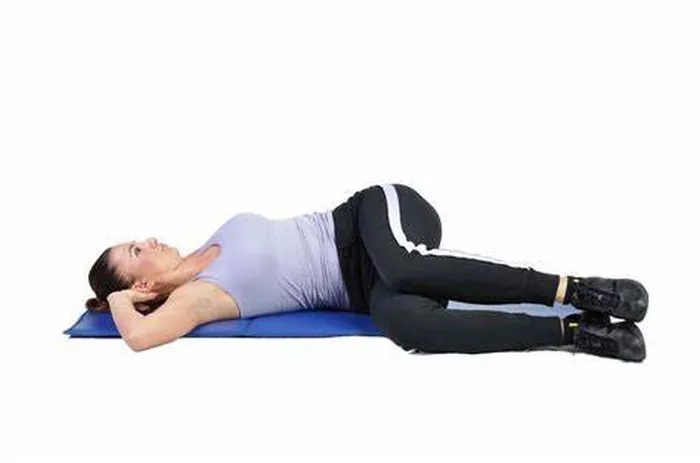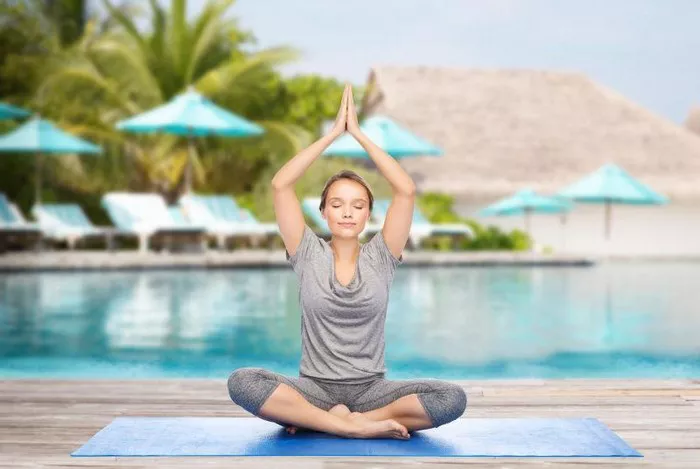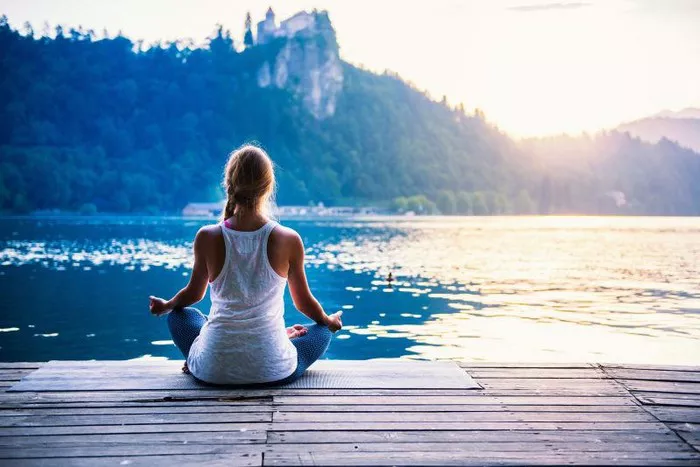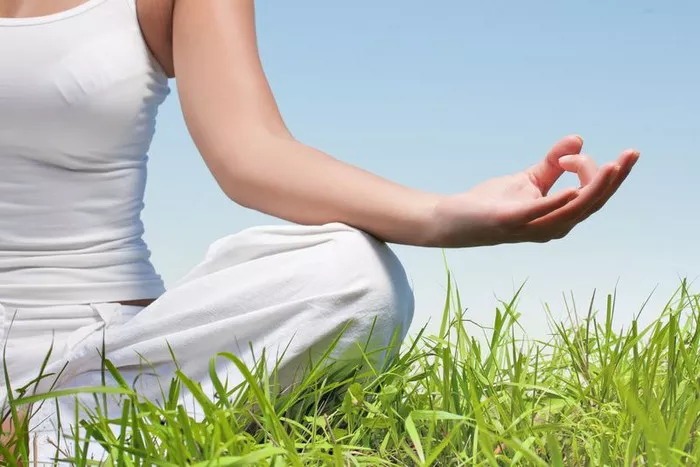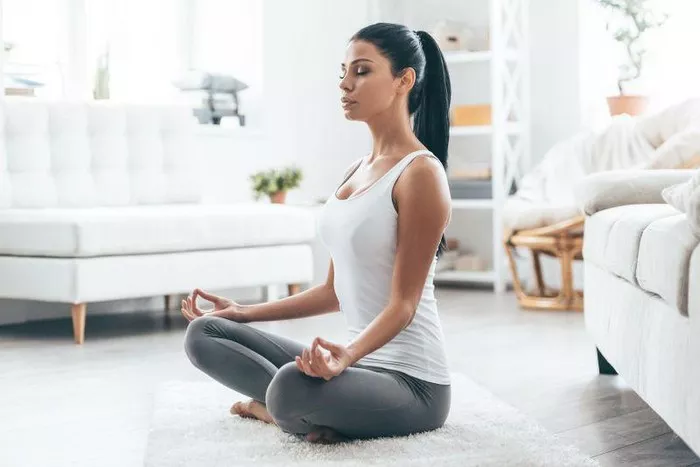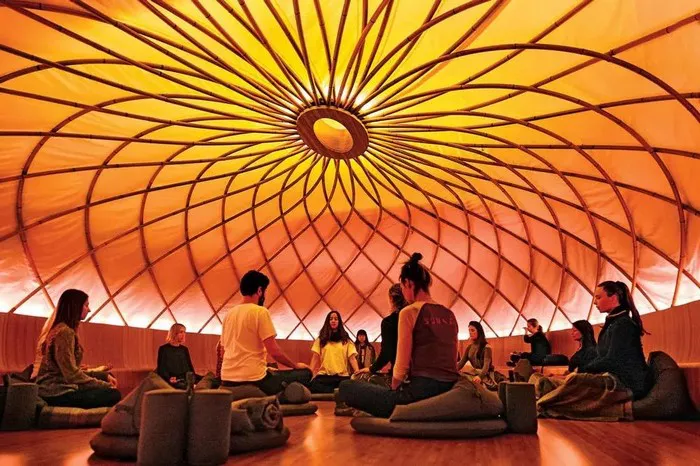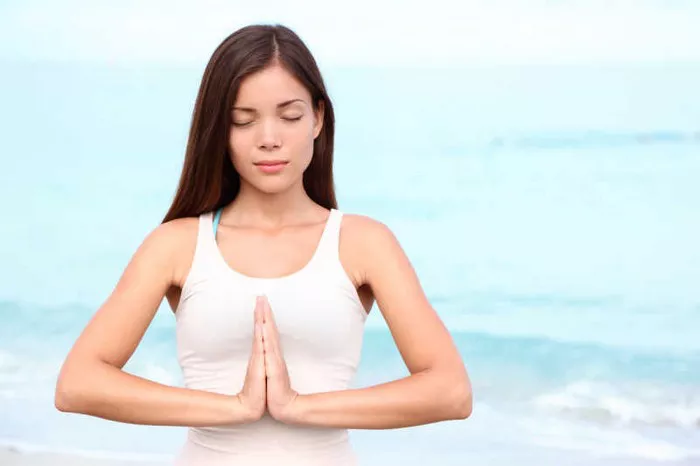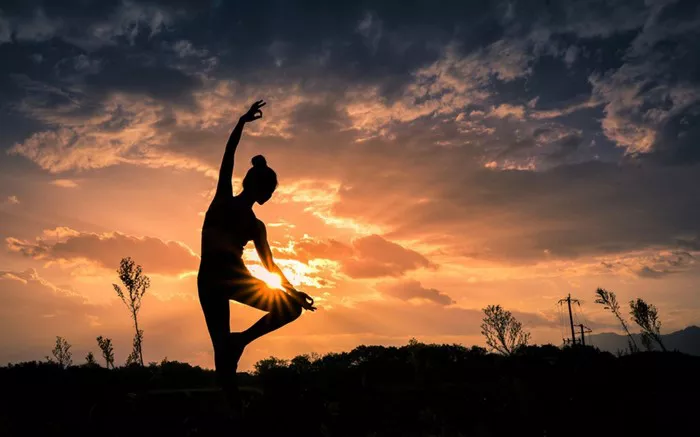Aging is a natural process that affects every aspect of our physical and mental health. While we can’t turn back time, we can take measures to age gracefully, maintaining mobility, strength, and peace of mind. One such powerful tool is yoga. With its rich variety of styles, yoga helps enhance flexibility, reduce stress, support cardiovascular health, and even delay signs of aging. This guide explores ten types of yoga that are especially effective for combating aging.
1. Hatha Yoga: Foundation for Longevity
Hatha yoga is one of the most accessible forms of yoga, especially for beginners and older adults. It focuses on basic postures, controlled breathing, and meditation. The slow and steady pace of Hatha yoga allows practitioners to build strength, improve posture, and develop body awareness without risking injury. Because it emphasizes mindful movement, Hatha yoga is excellent for improving balance and coordination—both of which tend to decline with age.
Benefits:
- Improves flexibility
- Enhances respiratory function
- Reduces stress and anxiety
- Promotes mindfulness
This form of yoga acts as a gateway for those looking to establish a lifelong wellness routine. It prepares the body for more intensive styles while delivering numerous anti-aging benefits on its own.
2. Restorative Yoga: Rejuvenate Through Stillness
Restorative yoga is a deeply relaxing practice designed to calm the nervous system and promote healing. Using props like bolsters, blankets, and blocks, practitioners hold passive poses for extended periods. This style encourages the body to enter a state of deep rest, allowing tissues to repair and the mind to release chronic tension.
Older adults or anyone dealing with stress-related aging symptoms such as high blood pressure, insomnia, or fatigue can benefit significantly from restorative yoga. The meditative quality also helps regulate cortisol levels, reducing the adverse effects of chronic stress on the body.
3. Yin Yoga: Deep Tissue Renewal
Yin yoga targets the connective tissues—ligaments, joints, and fascia—by holding poses for three to five minutes. This slow-paced style is ideal for improving joint mobility and flexibility, which often deteriorate with age. Unlike more dynamic practices, Yin yoga requires stillness and patience, encouraging mindfulness and internal focus.
Practicing Yin yoga helps stimulate the parasympathetic nervous system, fostering recovery and emotional balance. It’s particularly beneficial for those experiencing stiffness, arthritis, or age-related tension. Over time, Yin yoga can lead to better posture, reduced pain, and enhanced circulation.
4. Vinyasa Yoga: Flow into Youthfulness
Vinyasa yoga involves flowing sequences of poses synchronized with breath. This dynamic practice builds cardiovascular health, strength, and agility. While it may be more physically demanding, modified Vinyasa routines can be tailored to suit older adults or those with mobility limitations.
Key Advantages:
- Boosts metabolism
- Enhances coordination
- Builds lean muscle mass
- Improves cardiovascular endurance
By keeping the body active and the mind engaged, Vinyasa yoga supports weight management and heart health—two crucial components of aging gracefully. It also improves mental clarity by challenging concentration through continual movement.
5. Iyengar Yoga: Precision and Alignment
Iyengar yoga is known for its emphasis on alignment and use of props to achieve perfect posture. This makes it ideal for older adults or anyone recovering from injury. The practice helps correct muscular imbalances and strengthens the body without overexertion.
Each pose is held longer, giving practitioners time to focus on technique and breath. This deliberate approach builds mental discipline, stability, and physical strength, reducing the risk of falls and injury. Over time, improved posture and skeletal alignment can significantly relieve age-related discomfort.
6. Kundalini Yoga: Energizing the Spirit
Kundalini yoga combines physical movement with chanting, breathing techniques, and meditation to awaken dormant energy within the body. This style is particularly beneficial for mental clarity, emotional resilience, and spiritual growth—qualities that contribute to a positive outlook on aging.
The breathwork (pranayama) in Kundalini yoga boosts oxygen levels in the brain, enhancing cognitive function and memory. Chanting and mantras stimulate the vagus nerve, promoting calm and emotional balance. As we age, maintaining mental and emotional vitality becomes just as important as physical health, and Kundalini yoga addresses all three.
7. Ashtanga Yoga: Discipline for the Dedicated
Ashtanga yoga is a rigorous style involving a specific sequence of poses performed in a flowing manner. This disciplined approach develops strength, flexibility, and stamina. While it may not be suitable for everyone, those with prior yoga experience or high fitness levels may find it incredibly rewarding.
Practicing Ashtanga regularly builds lean muscle mass, enhances joint function, and promotes cardiovascular health. The structured nature also instills a sense of routine and mental focus. Because it demands both physical and mental engagement, Ashtanga yoga can help stave off age-related cognitive and muscular decline.
8. Chair Yoga: Accessibility Meets Effectiveness
Chair yoga adapts traditional yoga poses for those with limited mobility, making it ideal for seniors or individuals with disabilities. By using a chair for support, practitioners can perform poses safely and effectively, focusing on flexibility, strength, and circulation.
Major Benefits:
- Increases range of motion
- Enhances joint lubrication
- Promotes cardiovascular health
- Reduces stress and anxiety
This accessible form of yoga proves that age or physical limitations are no barriers to reaping yoga’s benefits. With consistent practice, even chair-bound individuals can enjoy increased vitality and reduced symptoms of aging.
9. Power Yoga: Dynamic Aging Defense
Power yoga is a vigorous, fitness-based style derived from Ashtanga yoga. It focuses on strength, endurance, and high-intensity movement. Although more demanding, it can be modified to suit varying levels of fitness. Practicing power yoga builds muscle, increases stamina, and burns calories—helping to manage weight and reduce the risk of chronic diseases.
By stimulating both the cardiovascular and muscular systems, power yoga encourages active aging. It challenges coordination and balance, sharpening reflexes and promoting a younger biological profile. With the right approach and proper modifications, power yoga can be a formidable tool in the anti-aging toolkit.
10. Yoga Nidra: Conscious Relaxation
Yoga Nidra, or yogic sleep, is a meditative practice that guides practitioners into a state of deep relaxation while maintaining awareness. This unique style profoundly impacts mental health by improving sleep quality, reducing stress, and fostering emotional resilience.
Unlike physical asanas, Yoga Nidra is performed lying down and guided by verbal instructions. It’s especially effective for those dealing with insomnia, anxiety, or trauma—all of which can accelerate the aging process. Regular practice supports hormonal balance and rejuvenates the nervous system, promoting longevity from the inside out.
Conclusion
Yoga offers a multifaceted approach to aging gracefully. Each style—from the meditative calm of Restorative yoga to the dynamic flow of Vinyasa—contributes uniquely to physical health, mental clarity, and emotional balance. The key to long-term success is consistency and personalization. Choose styles that resonate with your goals and adapt your routine as your body changes.
Incorporating yoga into your daily or weekly schedule can yield powerful results. Over time, practitioners often notice enhanced energy levels, improved posture, better sleep, and a more optimistic outlook. As science continues to uncover the connections between mind, body, and aging, yoga remains one of the most comprehensive, accessible, and sustainable tools for lifelong wellness.
Related Topics:







